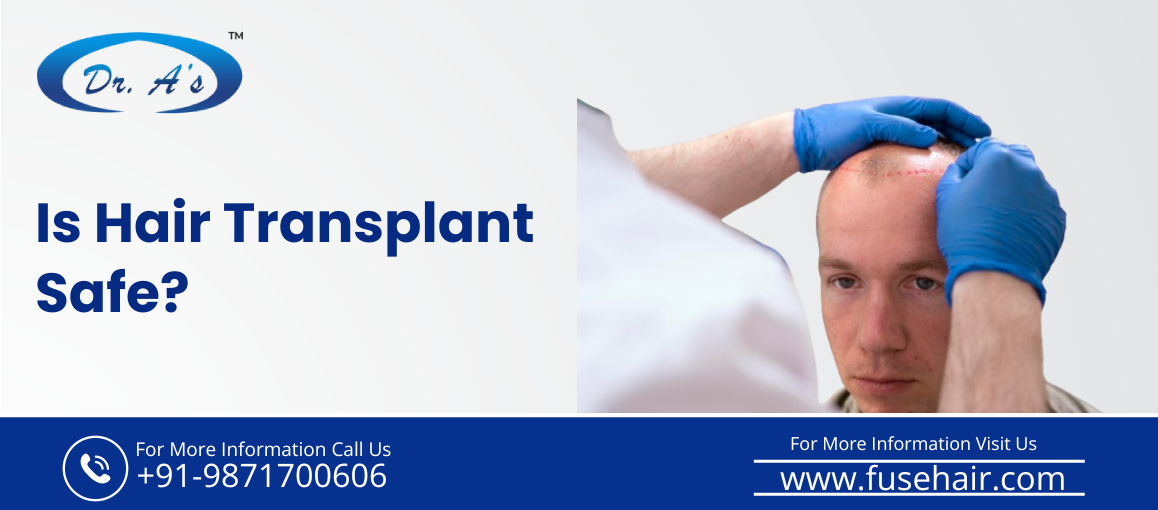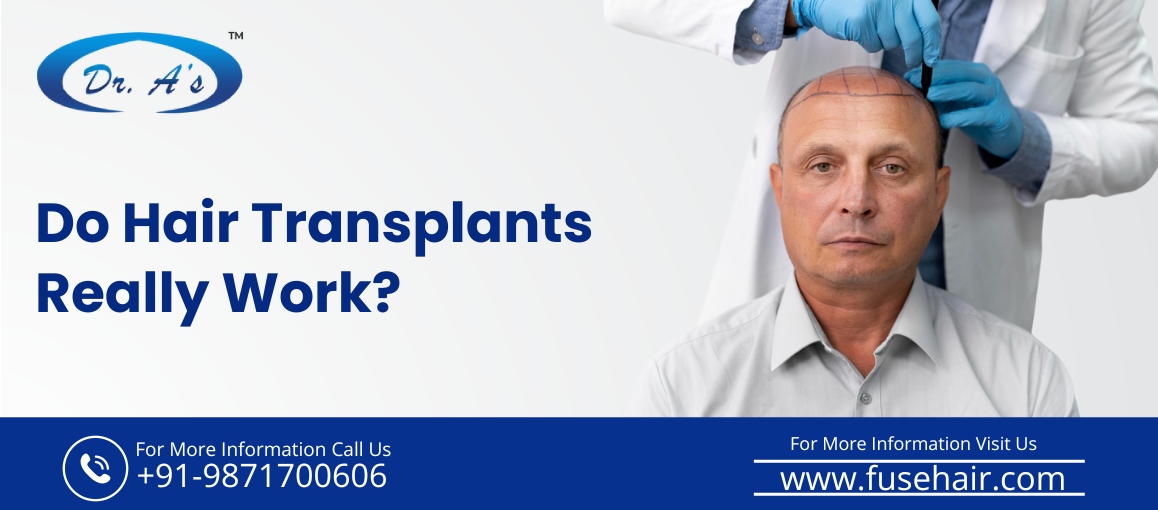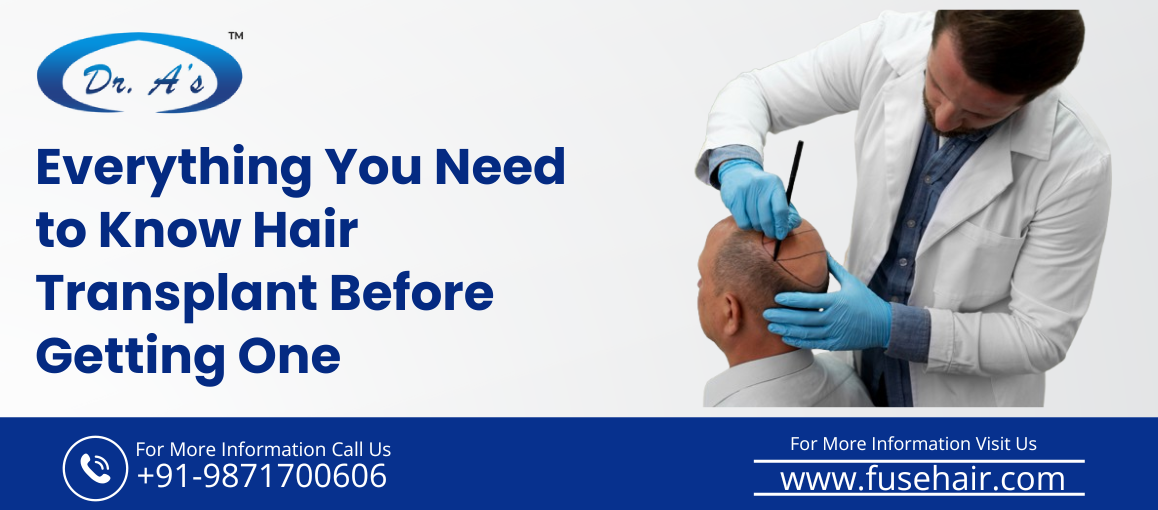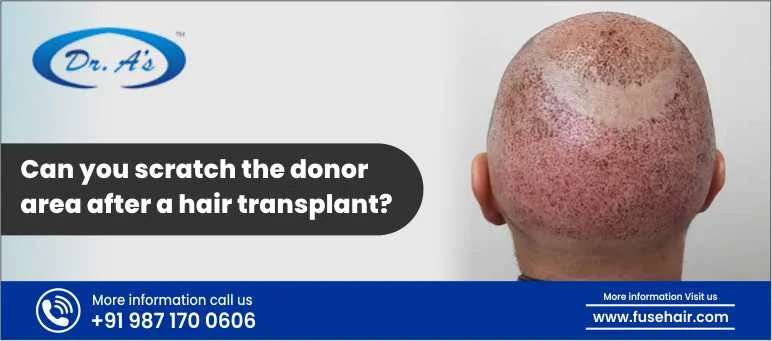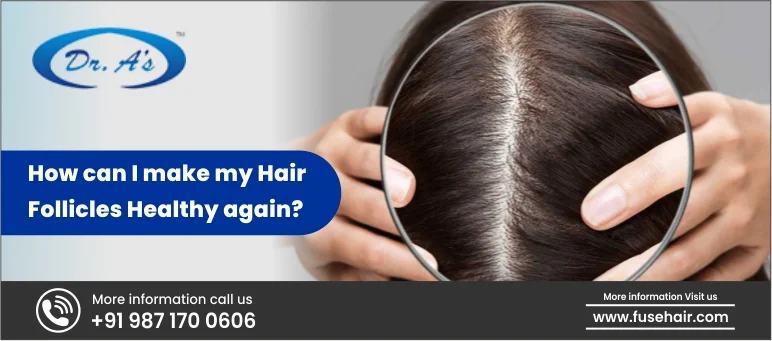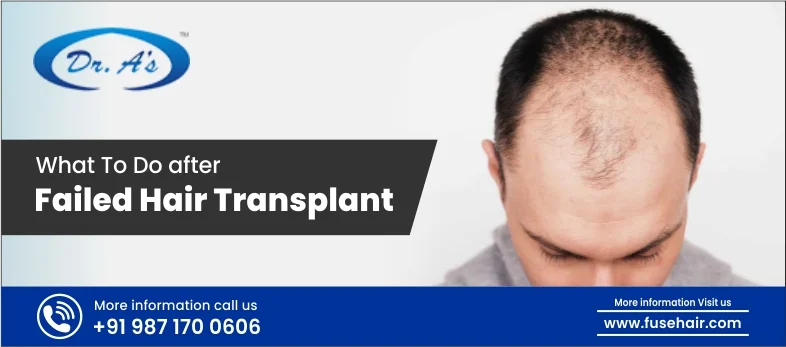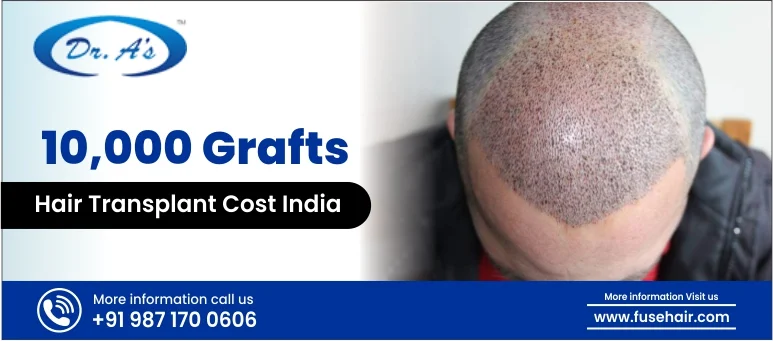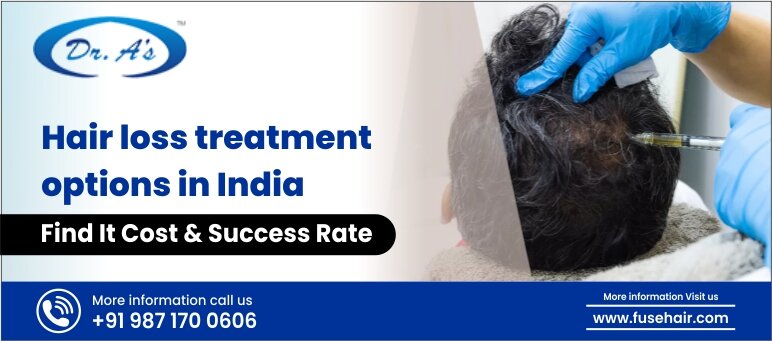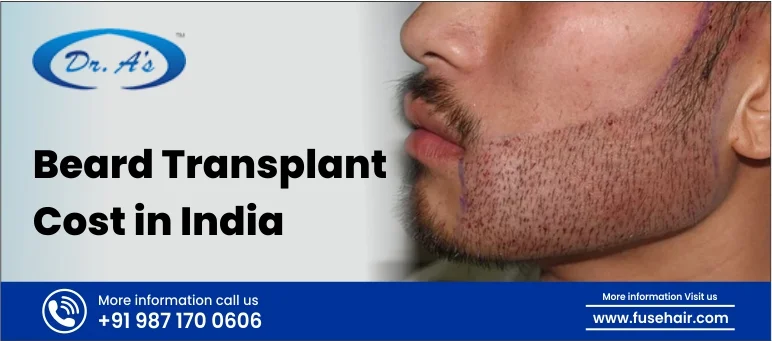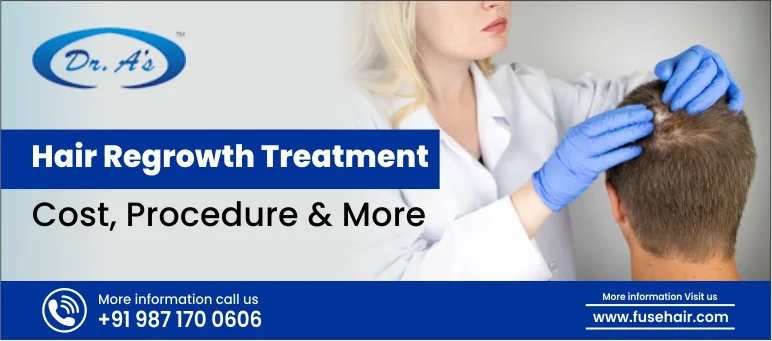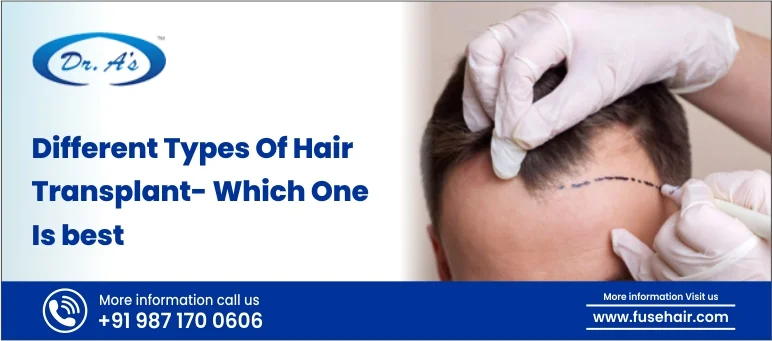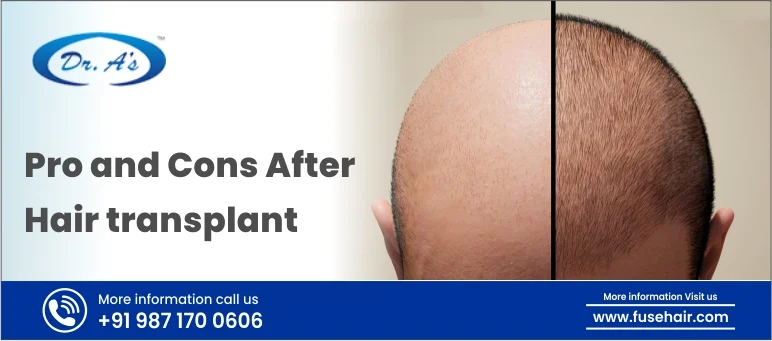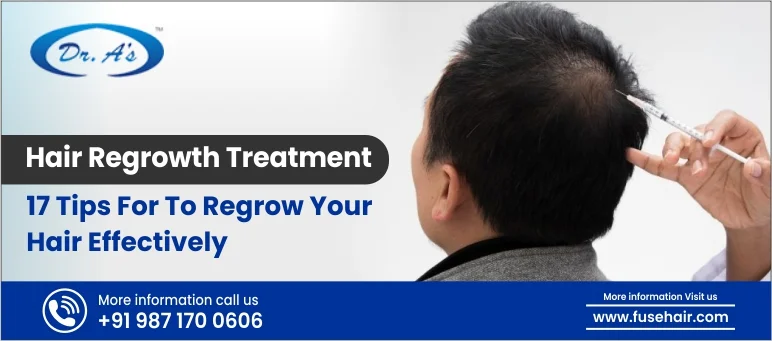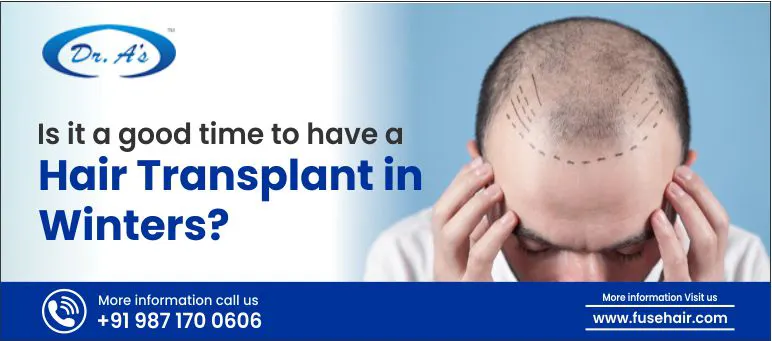
A successful hair transplant surgery leads to you regaining your confidence. The surgery not only restores your hairline but also boosts your self-esteem. But you must know that caring for your hair doesn’t end with the surgery. Meticulous care and attention is required during the recovery period after the Hair transplant surgery to let it be successful.
You must understand the importance of aftercare when you decide to get hair transplant surgery. But worry not; we have created a checklist for you to use after hair transplant in India. In this article, we will tell you all about how to take care of yourself as you recover from hairline transplant results. Keep on reading to learn more.
Why is Hair Transplant Recovery and Aftercare Important?
After hair transplant surgery, your scalp needs time to heal, and your newly transplanted hair follicles require the proper environment to develop. Hair transplant recovery time in India varies based on individual factors such as the type of transplant, the length of the treatment, and your body’s ability to heal. It encourages healing by following the post-transplant care recommendations, which help with the healing process, reduce the risk of problems, and ensure the best possible results. Effective aftercare methods can help to reduce the discomfort, swelling, and itching that are prevalent throughout the recovery phase. Diligent aftercare can boost the growth of hair by creating an ideal environment for hair follicle survival, resulting in better hair transplant outcomes and total hair growth.
Checklist to Hair Transplant Surgery Aftercare and Recovery
As you start your hair transplant surgery aftercare and recovery journey, it is important to follow a structured plan. It should be designed to cater to your needs during the different phases of the healing process. Here’s a timely checklist you can use on your journey to recovering from a hair transplant surgery.
Day 1-4
The first few days post-hair transplant surgery need extra precaution. You must keep your scalp clean to prevent infection and promote healing. You should follow your surgeon’s instructions carefully for gentle cleansing techniques. Use a mild shampoo that is recommended by your surgeon. Using the product, gently wash your scalp to remove any dried blood or residue from the hair transplant surgery. You must avoid rubbing or scratching your scalp vigorously. Instead, gently pat your scalp with a dry towel.
Moreover, avoid doing strenuous exercises that can strain your scalp. This includes avoiding to lift heavy objects, and bending over for long durations. During this phase, the goal is to reduce scalp movement and pressure so that the freshly transplanted follicles can settle and anchor securely.
Adhering to any prescribed medications, such as pain relievers and antibiotics, will help you manage your symptoms and avoid infections. Take medications as prescribed by your surgeon, and do not hesitate to contact your surgeon if you have any issues or concerns.
When you’re outside, wear a hat or scarf to shield your scalp from direct sunlight. Sun exposure not only causes discomfort but also raises the risk of sunburn and damage to the fragile scalp tissue. Choose wide-brimmed hats or lightweight scarves made of breathable materials to protect your scalp while allowing enough airflow.
Day 5-9
As you move through the early recovery time from hair transplant in India, you can become more comfortable doing minor physical activity and household duties. However, take care and avoid overexertion. While you might be eager to return to your daily schedule, focus on rest to help in the healing process. Throughout this time, keep an eye on the process of healing.
Check your scalp for symptoms of infection, such as increased redness, swelling, or discharge. If you detect any unexpected symptoms or concerns, contact your surgeon for help. Follow your prescribed medication regimen and attend follow-up appointments as scheduled. These appointments allow your surgeon to review your progress, answer any questions or concerns you may have, and make any required changes to your aftercare plan.
Day 10-14
During this time, your scalp can still be healing. However, you might notice that the initial swelling and soreness have decreased. Follow your surgeon’s instructions to gently remove any residual scabs from your scalp. Use a careful touch and avoid picking or scratching at the scabs, as this can harm the delicate grafts and slow down the healing process.
Take care not to damage the freshly implanted follicles when you first start shampooing your hair again. Use lukewarm water and a light shampoo to cleanse the scalp. Rub it gently into the hair and scalp without applying too much pressure. Rinse thoroughly to remove any traces of shampoo, then pat the scalp dry.
3-6 Months
As you continue through the initial growth period, patience becomes increasingly important. While you might be eager to see big improvements, keep in mind that hair growth is a gradual and time-consuming process. Initially, you will notice little growth or uneven distribution of hair follicles, which is completely normal.
Avoid using strong styling products or applying too much heat to your scalp, as these can damage fragile hair follicles and inhibit growth. Instead, use gentle techniques and products made specifically for post-transplant care. Protect your scalp from direct sunlight and environmental toxins to promote healthy hair growth while reducing the chance of damage.
10 Months
Around the 10-month point, check the progress of your hair transplant outcomes. Compare the density and distribution of your hair growth to what it was like before the transplant. Keep in mind that individual results can vary depending on hair type, transplant process, and general health.
If you have any concerns or questions about your progress, please share them with your surgeon. They can offer useful advice and suggestions for additional treatments or touch-up procedures that will improve the appearance of your hairline and reach the desired result.
12 Months
As you approach the 12-month mark, take a minute to reflect on your hair transplant experience and enjoy the successful restoration of your hairline. Consider how far you’ve moved along after the surgery, including your appearance and confidence. Maintain healthy hair habits by following a consistent hair care routine that includes regular washing, conditioning, and protective styling to ensure the longevity of your results.
Follow any extra advice made by your surgeon to ensure continued success and satisfaction with your hair transplant results. Reputed clinics like Dr. A’s Clinic offer complete guidelines for hair transplant aftercare in India.
Tips on How to Prevent Hair Transplanting Scars for Quick Recovery
Hair transplant surgery is a transforming option for people who want to restore their hairline and recover confidence. While the treatment can create stunning results, many people are concerned about the possibility of scarring. Following certain rules and taking proactive actions are essential for a quick recovery and reducing scar visibility. Here are some expert methods for avoiding hair transplant scars and ensuring proper healing:
Avoid Disruptive Habits
During the recovery time, it is important to avoid habits that can hinder the healing process and exacerbate scarring. One major issue is scratching or picking at scabs or crusts that might form on the scalp.
Engaging in acts like this can impair the healing process and increase the risk of scarring. It is important to use gentle care while washing and handling the scalp to reduce trauma and promote uninterrupted healing. By avoiding these disruptive habits, people can improve the healing environment and lessen the risk of visible scarring after a hair transplant treatment.
Use Scar Reducing Products
Scar-reducing treatments can help to reduce scar visibility and speed up the healing process after a hair transplant. One helpful technique is to use topical ointments and lotions that are specifically made to minimize scar appearance. Silicone, vitamin E, and onion extract, all of which have scar-healing characteristics, are common constituents in these treatments.
Consistently using these formulations, as advised by your healthcare provider, can encourage scar healing while reducing their visibility over time. By including scar-reducing products in your skincare routine, you actively help the skin’s natural healing processes, resulting in a smoother, less noticeable recovery following your hair transplant treatment.
Use Sun Protection
Sun protection and environmental care are necessary for reducing scarring and encouraging optimal healing after a hair transplant treatment. Shielding the scalp from damaging UV rays is important, which can be achieved by wearing a cap or applying sunscreen while outdoors. Prolonged sun exposure can discolor scars and slow the healing process. Furthermore, avoid using strong chemicals or styling products on the scalp since these can irritate the skin and hinder healing. Choosing soft, scalp-friendly products promotes a healing environment. Consistent commitment to these steps enhances the skin’s natural regeneration.
Conclusion
A successful hair transplant surgery is about more than simply reviving hair. It is also about reclaiming confidence. But after-care is essential. In this article, we highlight the importance of hair transplant recovery and aftercare. We have created a checklist for quick recovery from a hair transplant surgery. We will walk you through each stage so that you take proper care of your hair and scalp. You can improve healing, reduce scarring, and see the changes in hair transplant before and after surgery.





















